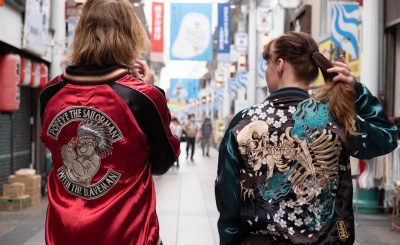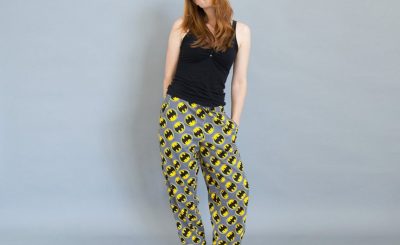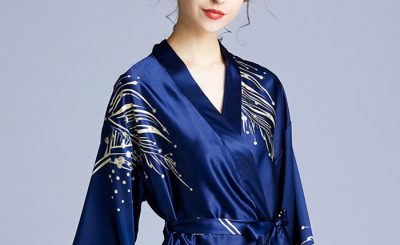Choosing the right children’s clothing can be tricky. You want to ensure that the clothes are made of quality fabrics and fit your child well, but how do you know what to look for? What types of materials should you avoid? How much is too little or too much? Below we have provided our top tips on choosing children’s clothing based on age group and gender.
How old is my child?
The first thing to consider when shopping for children’s clothes is their age. This will help you determine which brands and styles they might like best.
There are various things that are included in the y2k clothes. A person has to choose both the upper and the lower section of the clothing. Here the search of the person does not end. He will also have to choose the matching accessory with the clothes he selects. Selecting after the proper analyse will increase the level of comfort.
When choosing a store it is good to visit one with a large range of different sizes as this means you can get more variety in the clothes you buy. The other important factor is whether or not there is a place where you can try things on before buying them. If your local shop does not offer this service, then you may find yourself having to purchase items that don’t fit properly, or worse still, items that end up being damaged during the fitting process. Some shops also charge extra for trying on clothes, so check out if this is included in the price of the item.
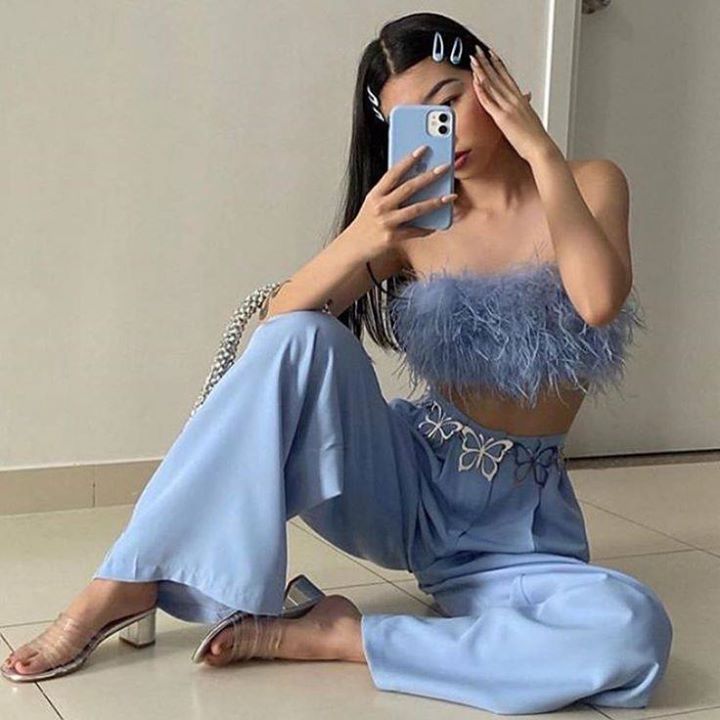
What type of fabric should I choose?
There are two main classes of fabric used in making children’s clothes: natural fibers (e.g. cotton) and synthetic fibers (polyester). Natural fibers such as cotton are generally lighter than synthetic fibers such as polyester and are therefore better suited to warmer weather conditions. However, some natural fibers such as linen are very durable, and are good for cold weather. Synthetic fibers such as polyester are slightly heavier than natural fibers and tend to hold their shape better, making them ideal for winter wear. They also keep your child warm without weighing them down. Both types of fiber will last longer if spot cleaned regularly, although some stains may need professional cleaning.
It is sometimes difficult to tell the difference between natural and synthetic fibers, even for an adult. It is possible to identify the difference by examining the fibres; synthetic fibers are shorter and smoother, while natural fibers tend to be longer and coarser.
How big should my child’s clothes be?
This is another area where size matters. Smaller sizes are often more expensive, but they are also easier to wash and care for. However, bigger sizes mean that children grow faster, meaning that children’s clothing needs to be replaced sooner. If you think your child may grow fast, it’s worth considering purchasing larger sizes at the start.
Which colors should my child wear?
Colors aren’t just about fashion; they also make life easier. Bright colors can attract attention, and make any activity seem easier. For example, red has been shown to make people walk faster. Blue and green tend to calm people down, and yellow makes people happy.
Children do not always like wearing brightly colored clothes, but there are ways to make it fun. First, choose different patterns and colors for each day. Second, mix up the pattern and colors within each category – some days blue pants, others yellow. Third, allow your child to pick the colors they prefer, rather than forcing them into something they dislike.
What sort of shoes should I buy?
Shoes are one of the most important pieces of clothing for children. Shoes must be comfortable, durable, and functional. There are many different types of shoes available, including sandals, trainers, boots and high heels.
Comfortable shoes are essential for both indoor and outdoor activities. Choose footwear that is suitable for all surfaces; a pair of slip-on sneakers is perfect for rainy days, while a sturdy pair of cross-trainers is good for playing football or basketball. High-heeled shoes are useful for dressier occasions, but only if they can support your child’s weight comfortably.
Durable shoes are essential for outdoor activities. Boots with thick leather uppers are great for walking around town or shopping, while water boots are ideal for wading through puddles.
Functional shoes are also important for outdoor activities. Good grip is essential for climbing trees, jumping over fences, or playing sports. Shoes with cleats are useful for climbing over obstacles. Sneakers are ideal for running around, while tennis shoes provide good grip and protection from sharp objects.
Which accessories should I buy?
Accessories can be anything from key rings to hats. In fact, the word ‘accessory’ comes from the Latin phrase accessio, meaning ‘something added’. Accessories can be practical or decorative, and come in many shapes and colors.
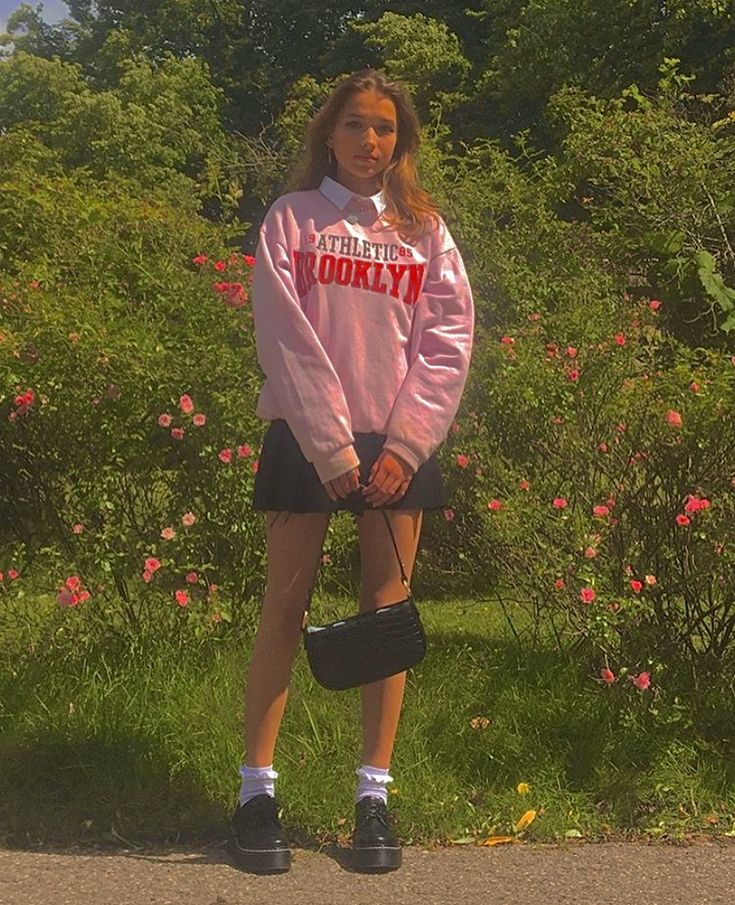
Practical accessories include key chains, bottle openers, dog carriers and money clips. Decorative accessories include handbags, umbrellas and scarves. Handbags are useful for carrying books or school supplies, and scarves are useful for keeping the sun off your face.
Decorating accessories are useful for displaying your child’s personality. For example, a toy clown could add a fun twist to birthday parties.
Where can I find children’s clothing online?
As well as shopping in person, it is now easy to order children’s clothing online. With so many websites available, finding the right website for you can be tough. Here are some pointers to help you find exactly what you are looking for:
- Look for a website that offers a wide selection of products in various categories.
- Check to see if the website offers delivery services, as this will save you time and hassle.
- Check the return policy; some websites do not accept returns, while others give you free shipping if you return unwanted items.
- Make sure the site has a secure payment system, as this will stop anyone else accessing your details.
If you are searching for something specific, check whether the site sells similar products. This will save you time and hassle because you won’t need to search again.
In summary, children’s clothing is important, especially when they become teenagers. Choosing correctly helps them feel confident, and encourages them to enjoy dressing themselves.


